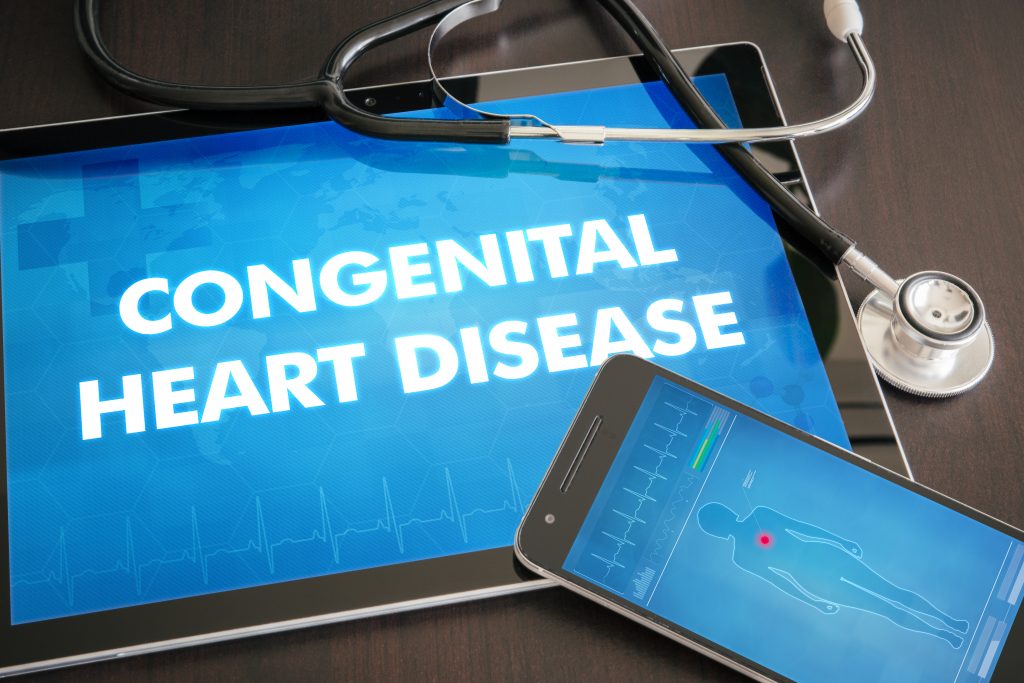Arq. Bras. Cardiol. 2020; 115(6): 1174-1175
Mortality in Congenital Heart Disease in Brazil – What do we Know?
This Short Editorial is referred by the Research article "Inequalities in Mortality Rates from Malformations of Circulatory System Between Brazilian Macroregions in Individuals Younger Than 20 Years".
Congenital Heart Disease (CHD) comprises any change in the anatomy of the heart and its blood vessels. The incidence of CHD is 8 to 10 per 1,000 live births, that is or one in one hundred births. In Brazil, 28,900 children are born with CHD per year (1% of the total births), of which about 80% (23,800) require cardiac surgery, and half of them, within the first year of life. Congenital malformations represent the second main cause of mortality in children under one year of age. CHD is the most frequent and the one with the highest mortality in the first year of life in Brazil, and the second cause of death in up to 30 days of life. Congenital heart disease manifestations are very variable and may occur soon after birth or appear later in childhood or adolescence.
Brazil is a continental country, where the diversity observed both in the diagnosis and in treatment of congenital heart diseases is very large among the macro-regions. It is a fact that there has been a gradual improvement in diagnosis, after the more active dissemination of the oximetry test, with technological advances and the diffusion of echocardiography throughout the country, even so a low survival rate is still observed in the neonatal period. Lopes et al. demonstrated a lethality of 64.7% for critical congenital heart disease and a 28-day survival rate reduced by almost 70% in these newborns, signaling a great need for investment in assistive technology and trained professionals for this among this population.
[…]
1,859

